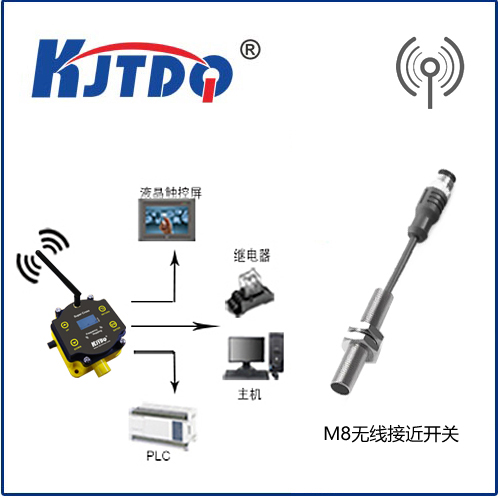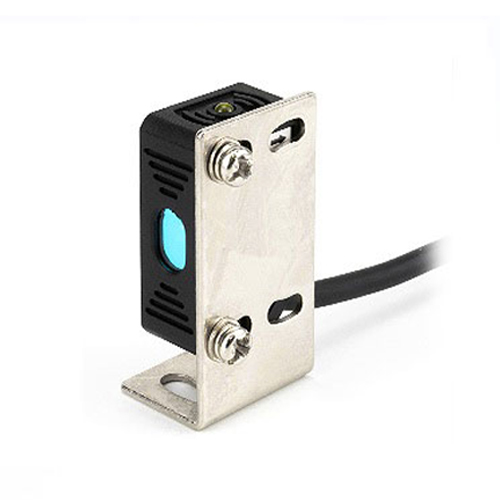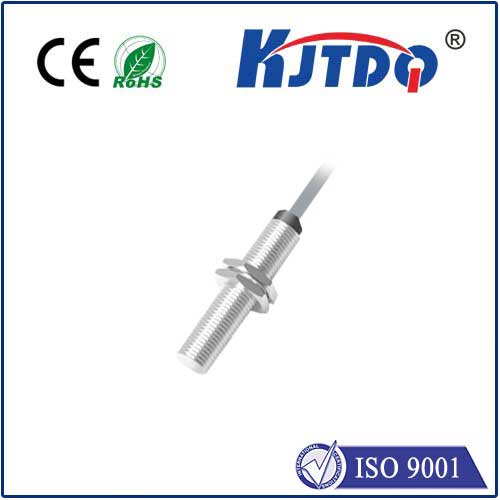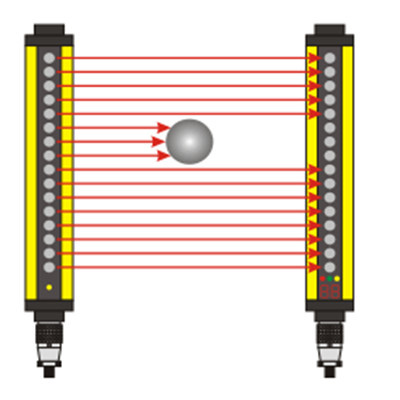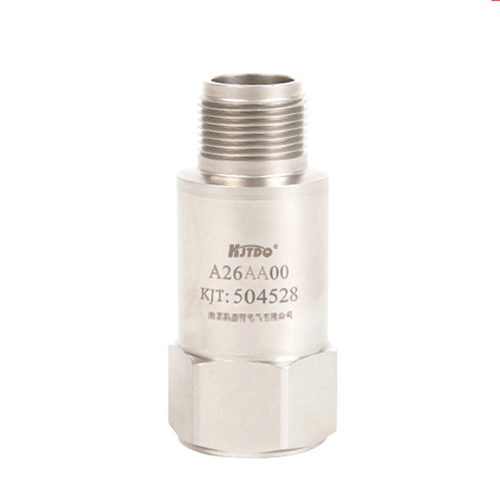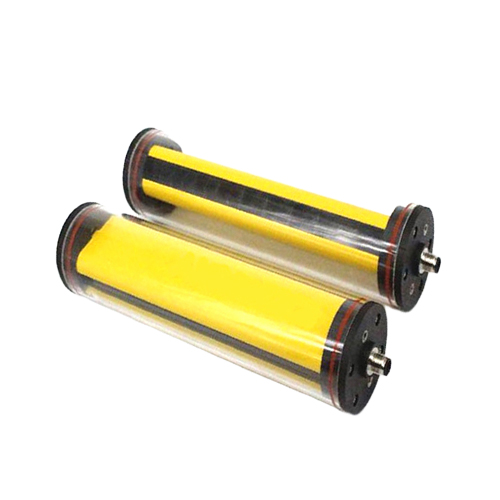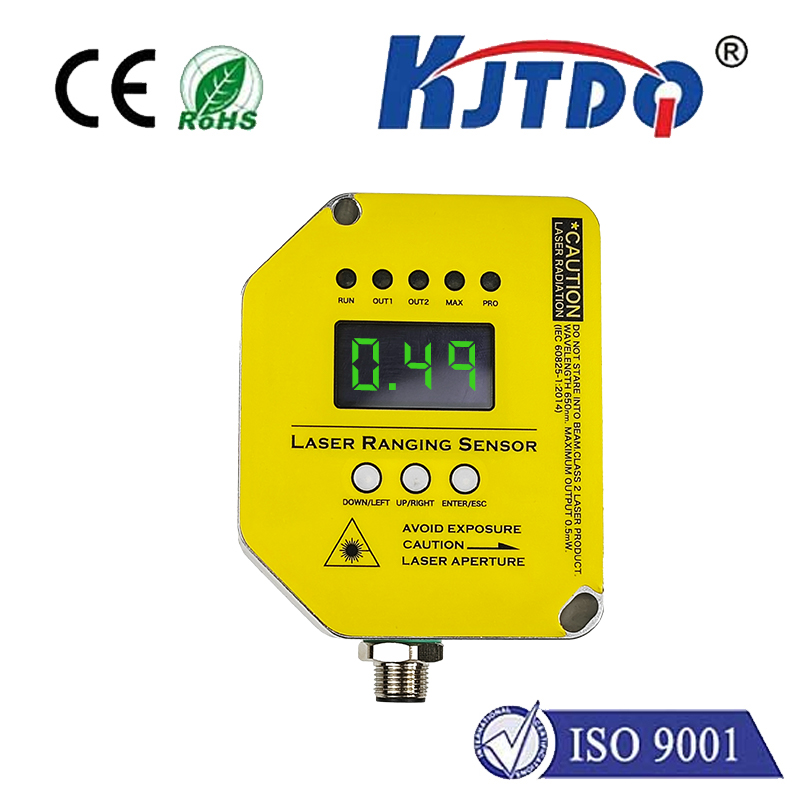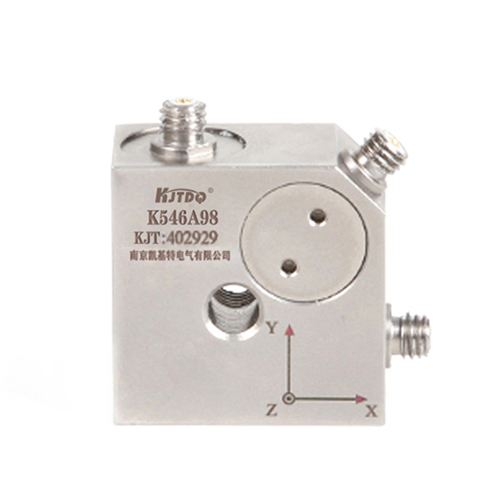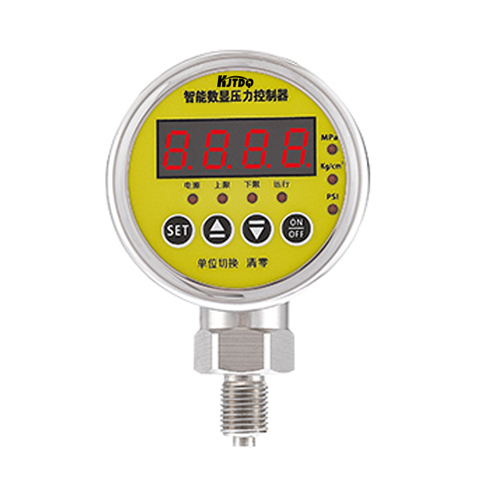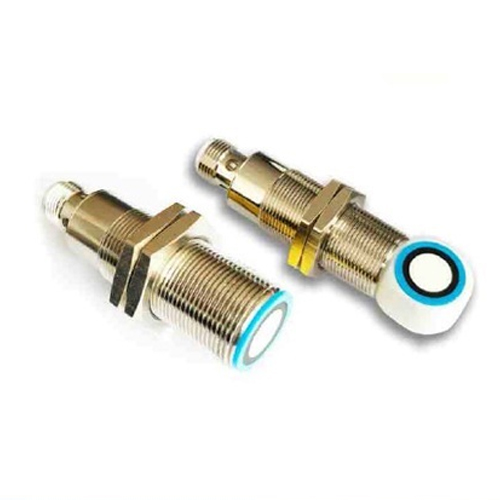Регулируемый ограничитель тока
- time:2025-08-02 04:17:20
- Нажмите:0
Mastering Circuit Protection: The Ultimate Guide to Adjustable Current Limit Switches
Imagine a high-end hotel’s state-of-the-art audio-visual suite. A critical amplifier suddenly goes silent mid-event, not due to overload, but because a tiny, unnoticed short circuit in a peripheral device drew just too much current. The culprit? A fixed fuse incapable of discerning between a safe surge and a dangerous fault. This scenario underscores the vital need for intelligent, adaptable protection – precisely where the Регулируемый ограничитель тока excels. Far more sophisticated than a simple fuse or fixed circuit breaker, these devices are the unsung guardians of modern electronics, offering precision control and robust defense against damaging overcurrent events.
What Exactly is an Adjustable Current Limit Switch?
At its core, an adjustable current limit switch (ACLS) is an electronic circuit protection device. Its primary function is to monitor the current flowing through a specific path – be it a power rail, a motor winding, or a charging circuit – and instantly interrupt that flow when the current exceeds a predetermined threshold. The critical “adjustable” aspect means this trip threshold isn’t fixed at the factory. Instead, it can be precisely set by the user or system designer to match the exact operational requirements and tolerance levels of the protected circuit.
This adjustability provides a significant advantage over traditional fuses or Polymeric Positive Temperature Coefficient (PPTC) devices. While fuses blow permanently and PPTCs reset but often have slower response and broader tolerances, an ACLS offers:

- Customizable Protection: Set the limit exactly where you need it – perhaps just above peak normal operating current but safely below damaging levels. For example, a motor might handle a 2A peak surge during startup but should trip at 2.5A to prevent burnout under stall conditions.
- Precise Control: Achieve much tighter tolerances on the trip point compared to standard fuses (which can vary significantly) or PPTCs.
- Fast Response: Modern electronic current limiting can react within microseconds (µs), vastly outpacing thermal devices like standard circuit breakers or PPTCs that rely on heat buildup. This speed is crucial for protecting sensitive semiconductors (like MOSFETs or ICs) from short-duration overcurrent spikes.
- Многогранность: Can be designed for reset mechanisms including automatic restart, latching shutdown requiring a manual/system reset, or controlled via an external enable signal.
- Diagnostic Potential: Often provide an output flag indicating a fault condition (current limiting active), aiding in system troubleshooting.
How Does It Work? The Science Behind the Safety
The fundamental operation relies on three key components functioning together seamlessly:
- Current Sensing: This is typically done using a low-value, high-precision shunt resistor placed in series with the load current path. The voltage drop across this resistor (*V_sense = I_load * R_shunt*) is directly proportional to the load current. High-side current sense amplifiers are commonly employed to accurately measure this small voltage.
- Comparator: The voltage representing the measured current (V_sense) is fed into a comparator circuit. Here, it is constantly compared against a reference voltage (V_ref). This V_ref level is directly linked to the desired current limit threshold.
- Power Switch & Control Logic: The comparator’s output drives a control circuit (often involving logic gates or a dedicated controller IC). When V_sense exceeds V_ref (meaning I_load > I_trip), the control logic rapidly turns off a power switch (usually a MOSFET) connected in series with the load. This action breaks the circuit, stopping the excessive current flow. The adjustability comes into play because the V_ref voltage is derived from a programmable source – this could be a simple potentiometer, a digital-to-analog converter (DAC) controlled by a microcontroller, or a precision voltage reference set by resistor dividers. Changing V_ref directly changes the trip current (*I_trip = V_ref / (Gain * R_shunt)*, where Gain is the sense amplifier gain).
Advanced designs often incorporate foldback current limiting – once tripped, they drastically reduce the allowed current further until the fault clears, minimizing power dissipation in the switch during the fault condition.
Where Adjustable Current Limit Switches Shine: Diverse Applications
The unique blend of adjustability, speed, and precision makes ACLS indispensable across countless fields:
- Industrial Automation & Motor Control: Protecting motors from stall/startup surges precisely matched to motor specs. Safeguarding PLCs, sensor arrays, and actuator circuits. Critical for preventing costly downtime.
- Test & Measurement Equipment: Powering unknown or potentially faulty devices under test (DUTs) requires precise current limitation to prevent damage to expensive lab equipment. ACLS allows setting safe limits per DUT.
- Power Supplies & DC-DC Converters: Providing robust, adjustable output current limiting, especially crucial in multi-channel or configurable power sources. Essential for hot-swap applications to manage inrush currents.
- Battery Management Systems (BMS): Safeguarding batteries during charging/discharging, preventing catastrophic failures under fault conditions like short circuits.
- Consumer Electronics & USB Power: Enforcing USB Power Delivery (PD) specifications reliably and protecting ports from overloads caused by faulty accessories. Managing power in laptops, gaming consoles, and high-end audio gear.
- Automotive Electronics: Protecting sensitive ECUs, infotainment systems, and lighting circuits. Offering a resettable alternative to fuses in strategic locations. Vital for safety-critical systems.
- Robotics & Drones: Protecting delicate servo motors and control electronics from physical obstructions or component failures causing overcurrent. Adjustability is key for tuning protection on custom platforms.
Key Considerations When Implementing ACLS
Choosing and designing with an ACLS requires careful thought:
- Accuracy & Tolerance: Understand the component tolerances (shunt resistor, reference voltage, comparator offset) and how they impact the accuracy of your set trip point. Aim for high-precision components if tight control is essential.
- Speed (Response Time): How fast must the switch react? Protecting MOSFETs from shoot-through requires microseconds, while protecting a motor might tolerate milliseconds. Select components and design accordingly.
- Power Switch Selection: The MOSFET is critical. Its Rds(on) determines power loss during normal operation. Its voltage rating must exceed the circuit voltage. Its current rating must handle the peak currents before limiting kicks in and the fault current during limiting. Crucially, its SOA (Safe Operating Area) must be respected to avoid destruction during the brief period it takes to shut off under heavy overloads.
- Thermal Management: During a fault condition, significant power can be dissipated in the MOSFET and shunt resistor (*

